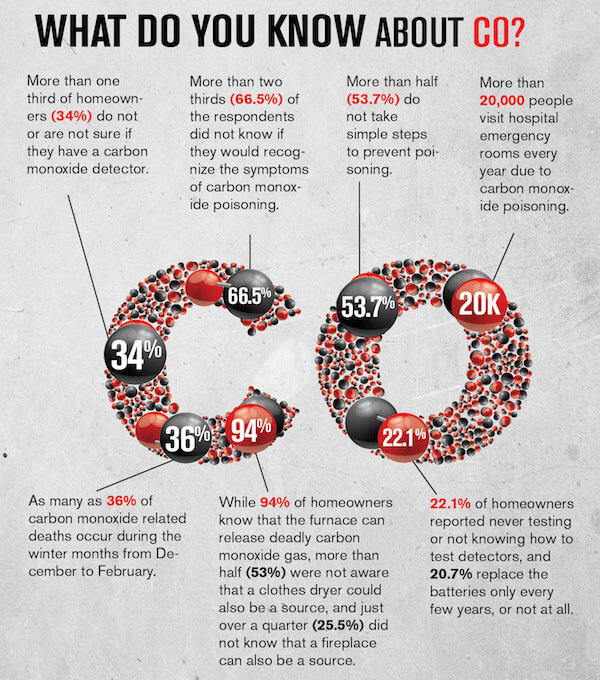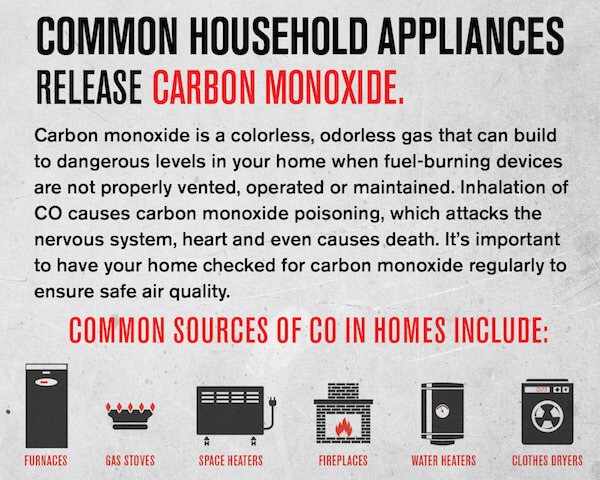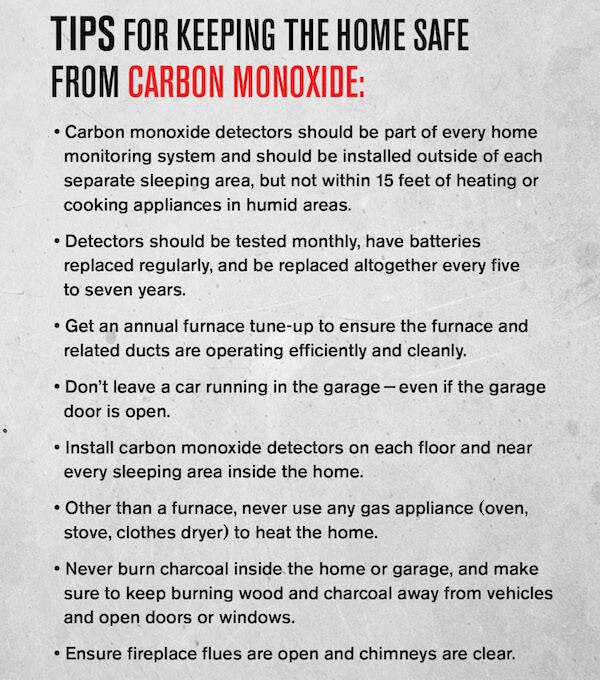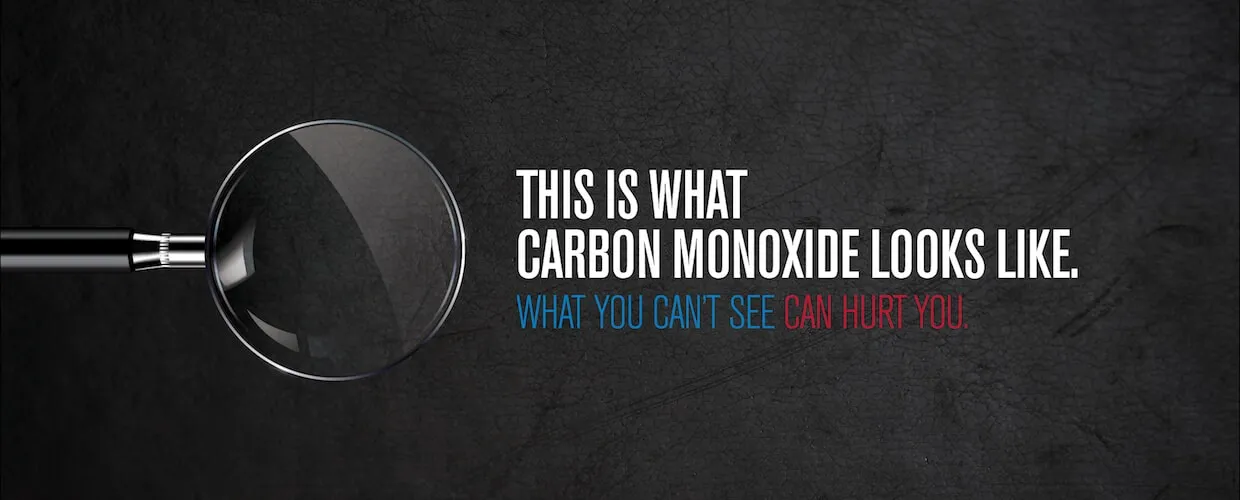Carbon Monoxide and Heat Exchangers
Carbon monoxide, the poisonous, colorless, odorless and tasteless gas responsible for more than 20,000 visits to the emergency room every year, can pose a danger from unanticipated sources in your home, including fireplaces.

What is a heat exchanger and why is it critical?
A furnace’s heat exchanger is a metal component that transfers heat from the fuel being burned while preventing the air in your home from mixing with the furnace exhaust. Sometimes the heat exchanger fails, either from cracks caused by continual expansion and contraction due to heating and cooling of the metal, or from rust. When a heat exchanger fails—under specific conditions—the exhaust gases, including carbon monoxide, can mix with the air in the house. A properly functioning furnace should not produce significant levels of carbon monoxide; however, a cracked or leaking heat exchanger can pose a safety risk.
What are the dangers correlated with a cracked heat exchanger?
A cracked heat exchanger could allow exhaust gas from the furnace to pollute the household air with exhaust gases including carbon monoxide. In order for this to happen, the furnace must be producing high levels of carbon monoxide and the exhaust gas must be joining with the household air. This could lead to serious sickness and even death.
What are the indicators of a cracked heat exchanger?
Beyond a visual inspection to establish a crack, there are a few indicators of a potential complication with your heat exchanger that you may observe. If you turn the heat on and the flames flicker and seem devilish, this could be a indication that circulated air from the furnace is getting into the combustion area and you should have it checked by an HVAC technician. Although you certainly hope it doesn’t reach this point, other signs of trouble include carbon monoxide detectors sounding and you or your family members feeling sick, lightheaded or nauseous. To ensure the safety of all occupants, all homes should have a operational carbon monoxide detector and batteries should be replaced regularly.
How can I be sure that my heat exchanger really has failed?
Service Experts’ certified technicians have received specialized training in observing a cracked heat exchanger. As standard practice and in addition to physically observing the presence of a hole or crack, cameras are used. Whenever possible, the technician will show customers the failed heat exchanger—or at least a photo of it—so they can see for themselves. Additionally, an expert technician will test both the home and furnace for carbon monoxide. A properly running furnace should not produce significant levels of carbon monoxide. The technician will then warn the customers of the dangers associated with the failed part and offer professional advice regarding next steps.
What happens after an HVAC technician identifies a cracked heat exchanger?
Once you have a confirmed diagnosis from an expert, your initial question will likely be whether the part can be repaired or if replacement is the only option. Unfortunately, the industry standard is that the heat exchanger must be replaced. In fact, the American Gas Association recommends that any visible crack or hole is reason for requiring replacement of the heat exchanger or furnace.

If my heat exchanger has failed, do I have to replace the furnace?
While it may end up making sense to replace the furnace as opposed to only the heat exchanger, that is not always the case. Furnace warranties can vary—most furnaces have a 10-year warranty on the heat exchanger, while some are covered for 20 years or even for the life of the furnace. Our technicians will help you look into the warranty on your heat exchanger and provide all the information you need to decide if replacing the heat exchanger or the entire furnace is right for you.
Winnipeg Supply Service Experts recommends changing your carbon monoxide detectors every five years and checking your carbon monoxide detectors monthly to make sure the batteries and alarm are working effectively. And by keeping up with the normal maintenance of your equipment, you will have peace of mind knowing that it’s going to be safe. If you suspect a problem with your heat exchanger or need to have an analysis of carbon monoxide levels in your home, call Winnipeg Supply Service Experts today at 204-988-4575 or schedule an appointment online.


